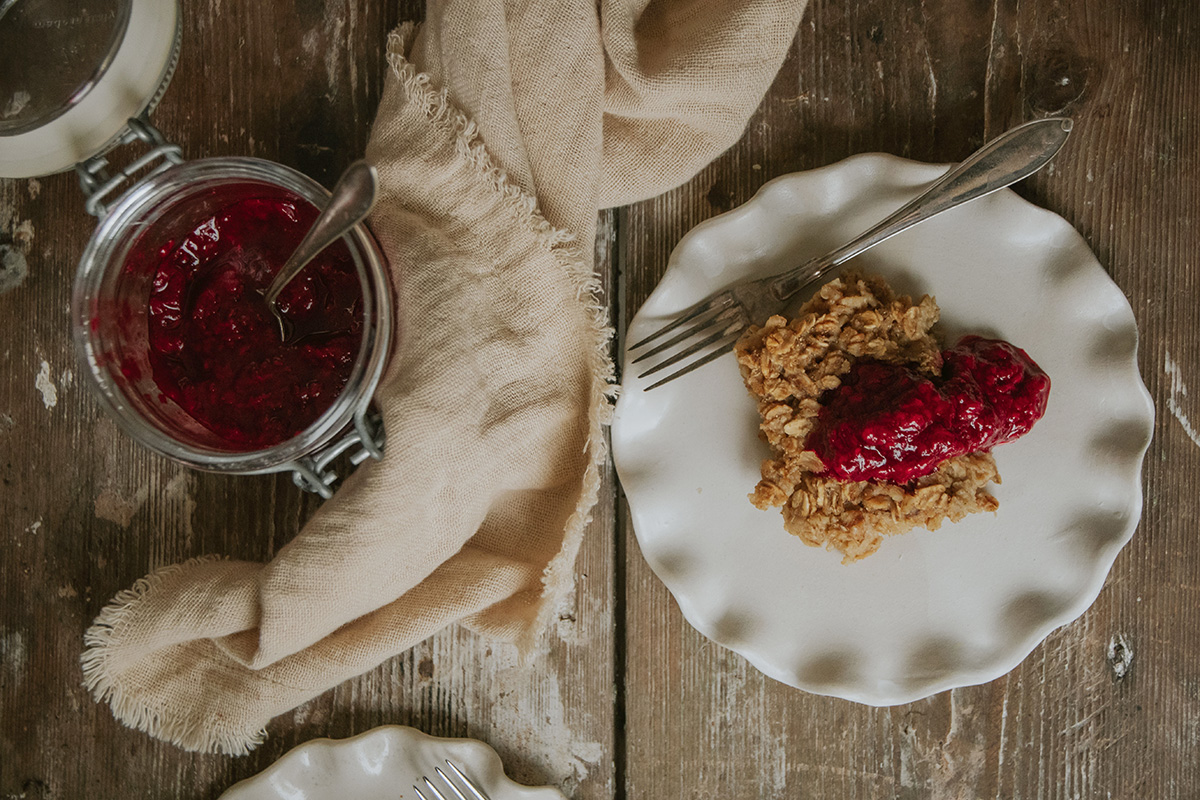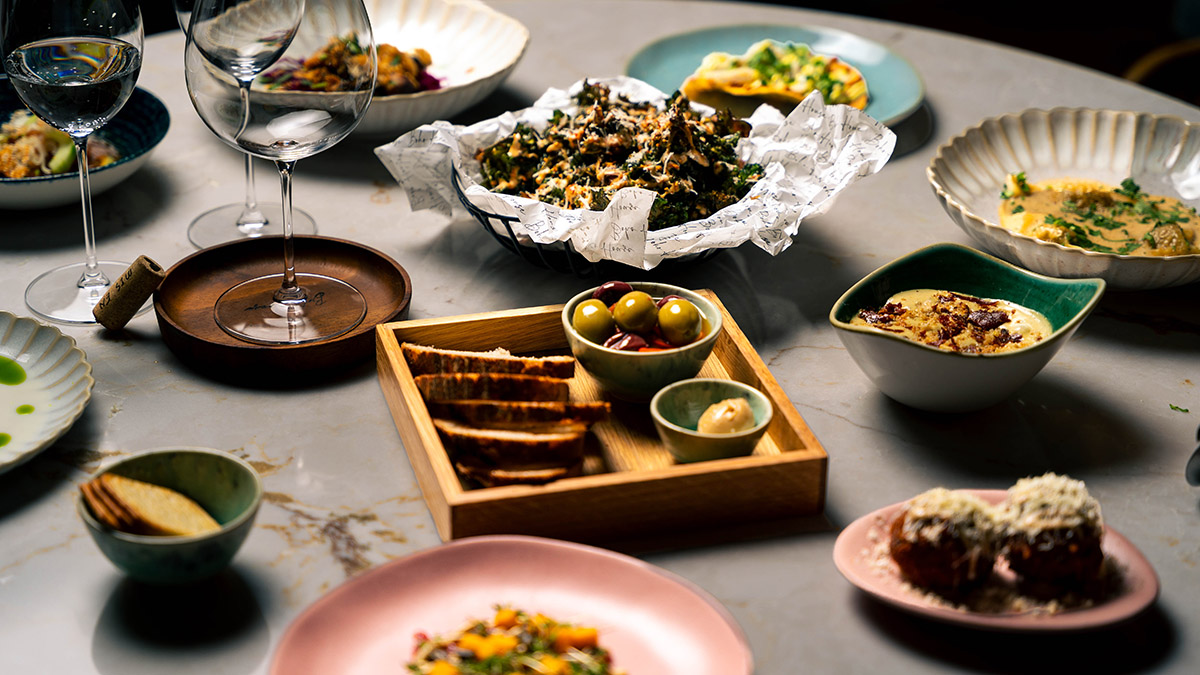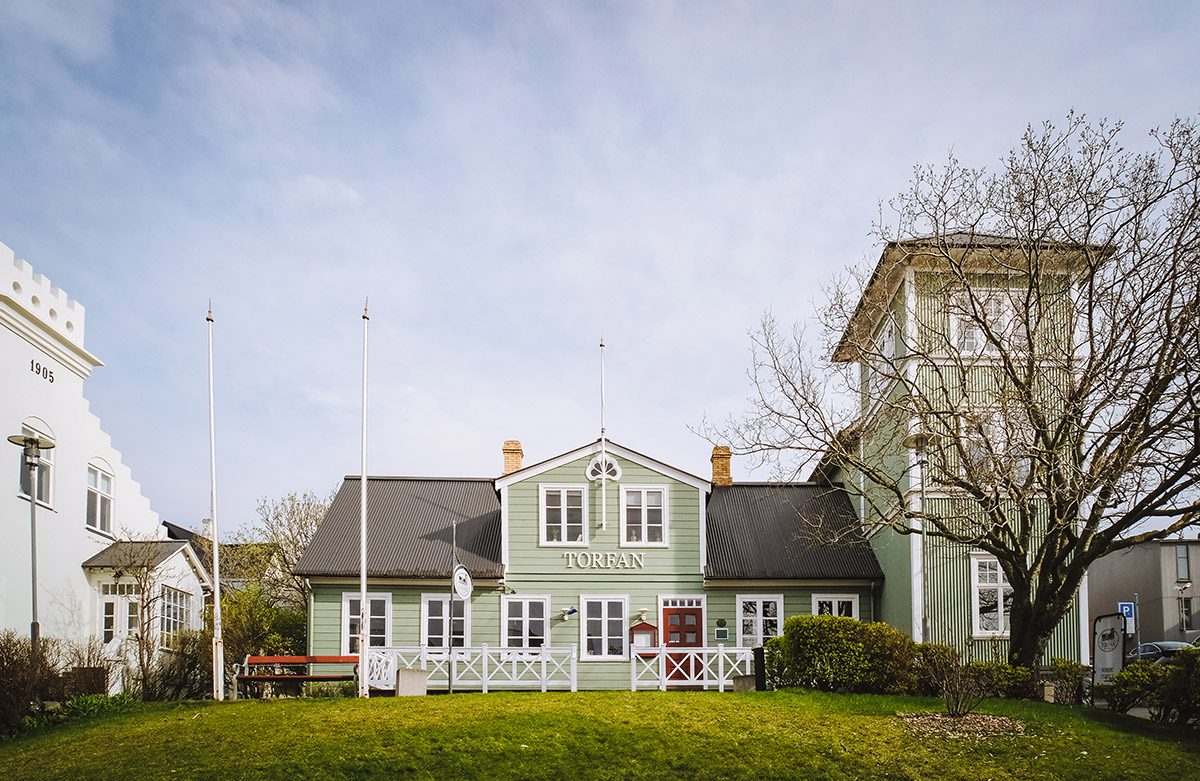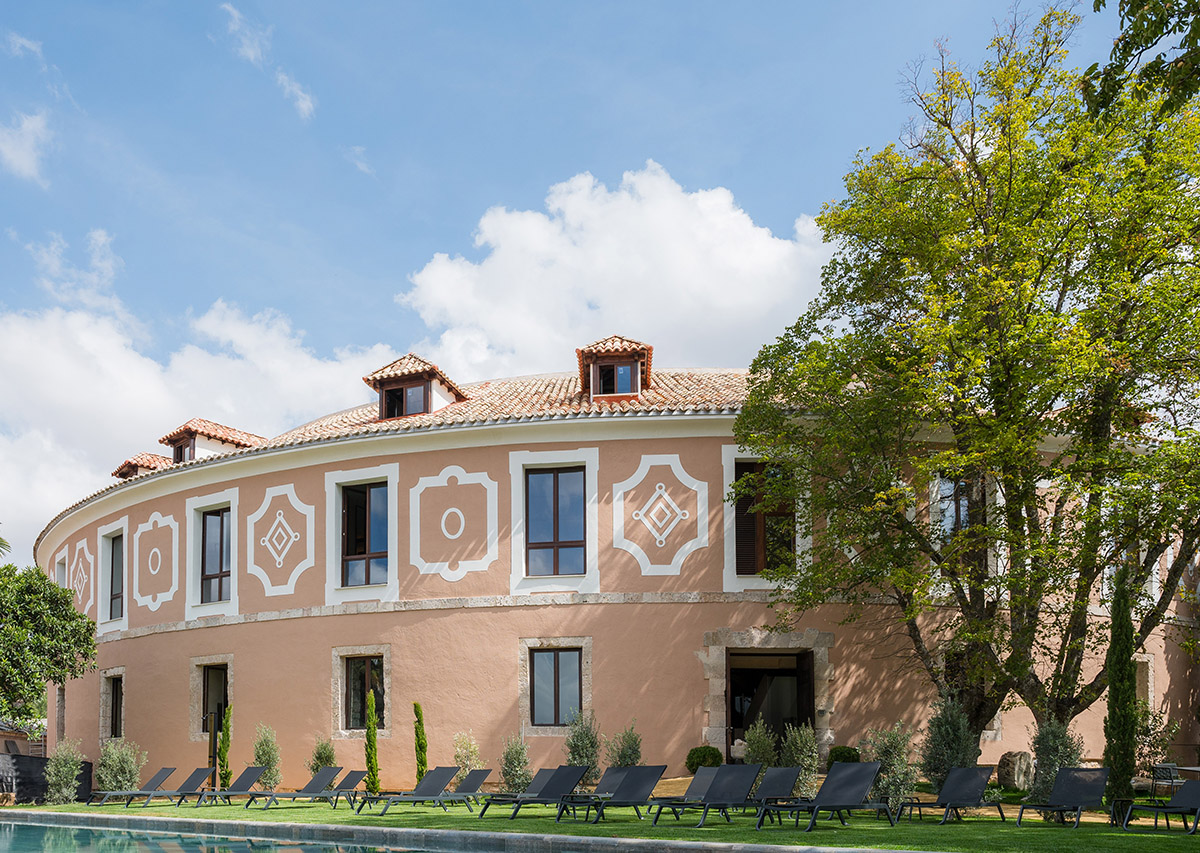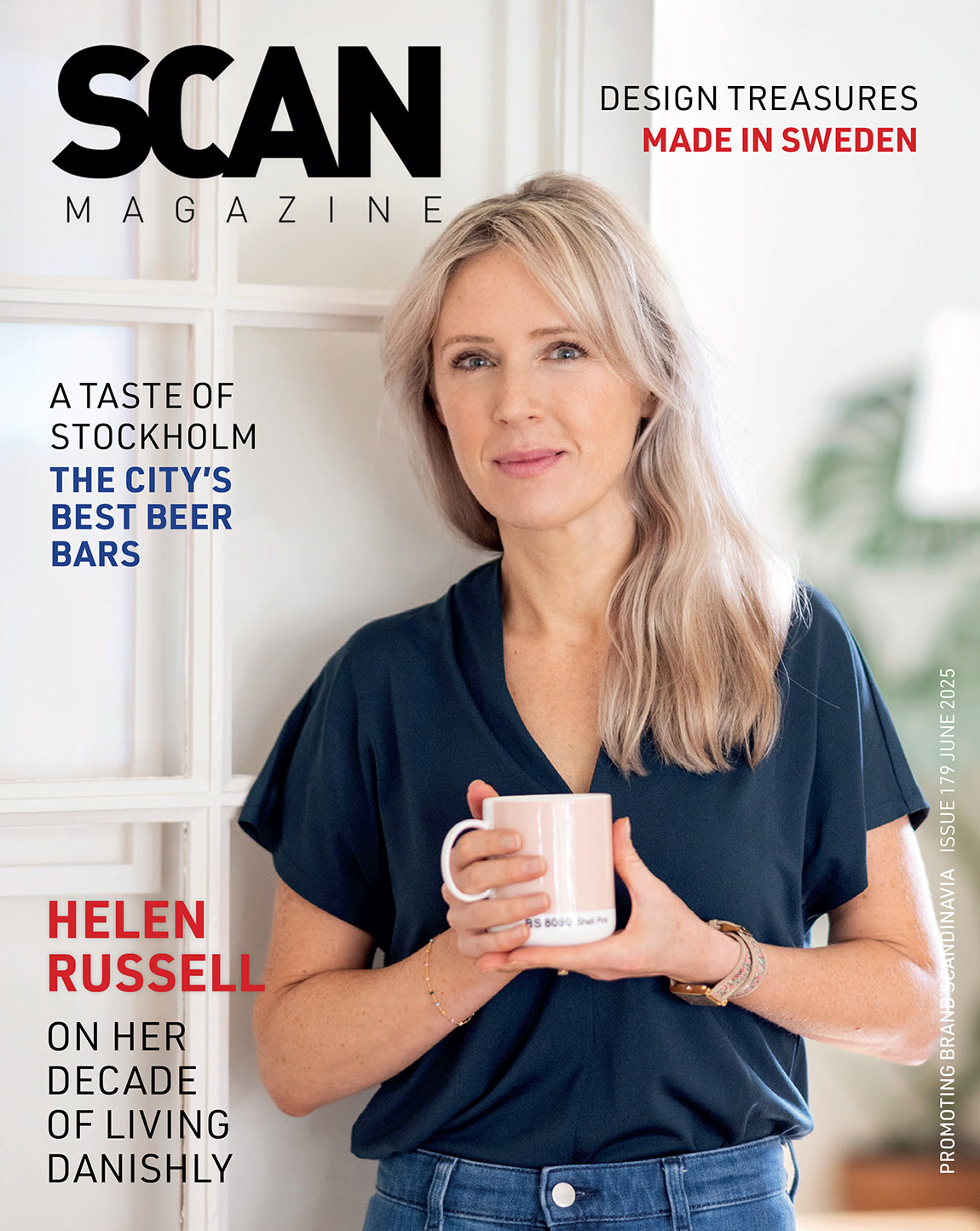World Aquavit Day – honouring Nordic traditions and creating new rituals
By Malin Norman | Photos: Anora Group
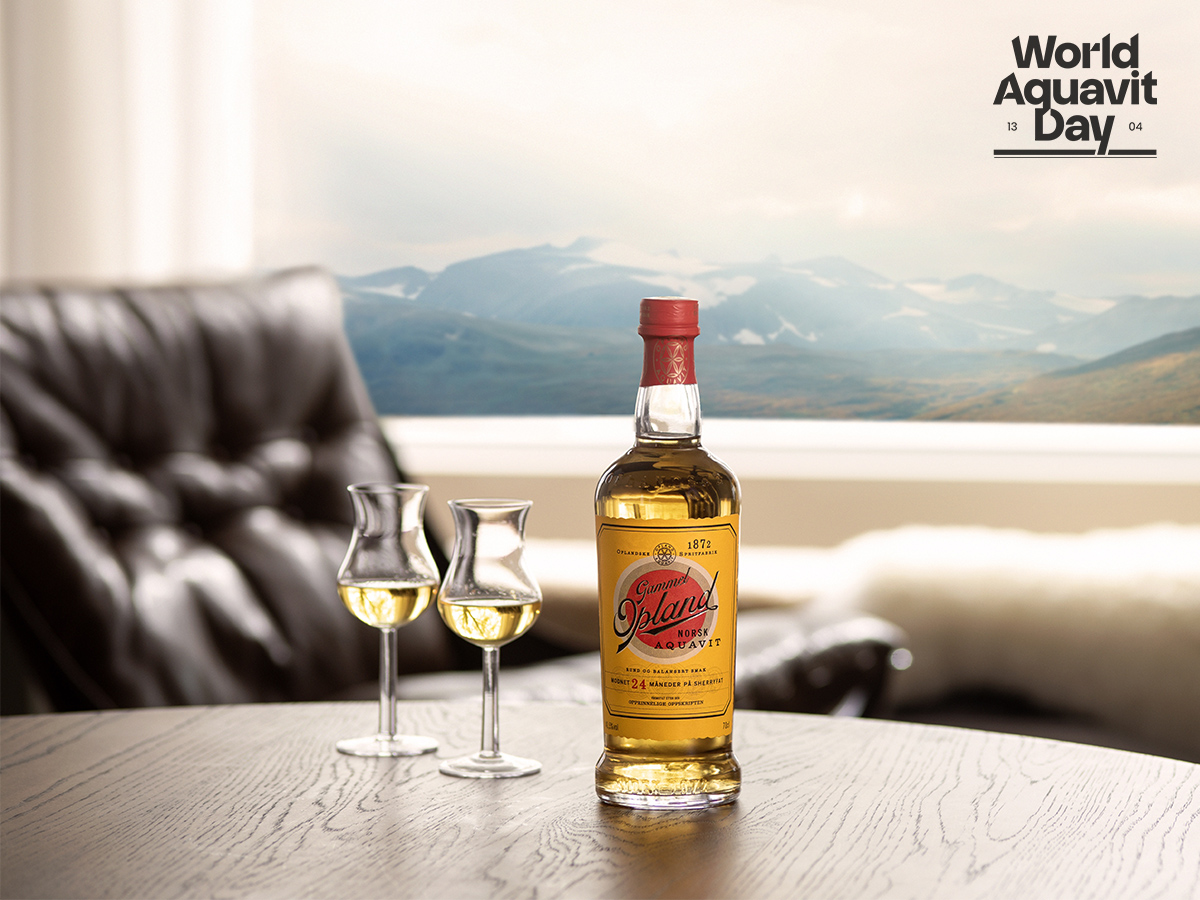
April 13 marks the first-ever World Aquavit Day, a global celebration of the iconic Nordic spirit with a history dating back to the 16th century.
For generations, Aquavit has been a cherished part of Nordic holidays like Christmas, Easter, and Midsummer. Now, its role is being reimagined. World Aquavit Day invites people world-wide to discover the versatility of this spirit and make it their own.
The launch of World Aquavit Day is kickstarted by the How Do You Aqua? campaign, encouraging personal expression and celebration in whichever way feels right – perhaps in an innovative cocktail, served neat, or paired with food. There are no rules, just endless opportunities to explore and enjoy Aquavit.
April 13 was chosen to commemorate the first documented reference to Aquavit, found in a letter from 1531. This letter, from the Danish Lord of Bergenhus fortress, Eske Bille, to Olav Engelbrektsson, the last Roman Catholic Archbishop of Norway, contains the earliest known reference to “aquavit.”
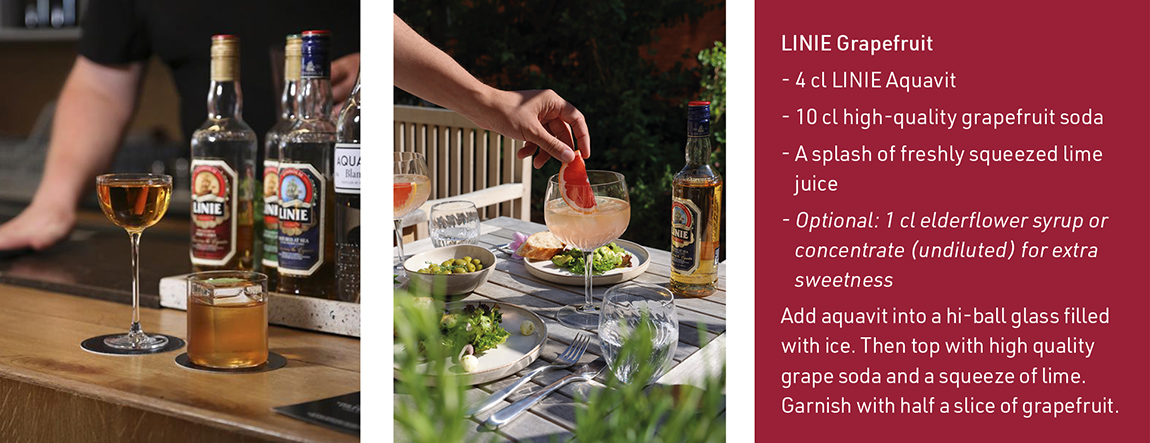
Botanicals and cask maturation
Aquavit is made from distilled grain or potatoes and flavoured with botanical distillates and spices. There is even a law stating that aquavit must contain a minimum of 37.5 per cent alcohol, and that the main spices should be caraway seeds or dill seeds. You will also find aquavit flavoured with anise, cardamom, cumin, fennel, coriander, cloves, citrus peel and guinea pepper. The specific herbs and spices used are determined by local preference and cuisine.
In Sweden, aquavit tends to be elegant and fresh, often with more pronounced anise and fennel flavours, served ice cold and accompanied by a beer. In Denmark, it is often more expressive with spices and a higher ABV. Also served chilled, Danish aquavit is often enjoyed with smørrebrød. Both Swedish and Danish aquavit are usually distilled from grain and is a clear spirit.
In Norway, on the other hand, aquavit is traditionally made from potatoes and matured on sherry casks, which gives a golden colour and fuller body. “Maturing on sherry casks gives rounder flavours, with notes of vanilla and dried fruits, and a smoother finish.,” says Atle Minothi, aquavit ambassador at Anora Group. “Norwegian aquavit is meant to be sipped more slowly, at room temperature, to truly experience the cask matured quality.”
Two beloved Norwegian brands
Aquavit is an important part of Norwegian food and drink culture, with Løiten and Opland being the most popular brands. Løiten Brænderi began as a farmers’ cooperative in 1855. Løiten Linie, which is matured in old sherry casks, has been one of Norway’s best-selling aquavits for years. Today, Løiten has a range of aquavits, all based on the original recipe from Løiten Brænderi.
Similarly, the history of Opland began when farmers from the villages around Gjøvik joined forces to create their own distillery to ensure the sale of potatoes. Made using the original recipe from 1872, Opland is matured in seasoned sherry oak casks for 24 months and carries notes of citrus, anise and caraway, as well as vanilla and oak aromas.
“These two brands have a long heritage, connected to the overall history of Norwegian aquavit,” says Minothi. “Opland can be described as rounded and Løiten is somewhat more forward. Historically, there was a constant battle between the two distilleries, which are located on opposite sides of lake Mjøsa, regarding many things but also their preference of aquavit.”
Outside of Norway, LINIE aquavit is the best known. After distillation, the aquavit is matured in Oloroso sherry casks and takes a long sea journey, crossing the equator twice. As a result, it acquires a remarkably smooth and well-rounded taste with prominent notes of caraway and star anise, along with delicate hints of vanilla and sherry. The constant rolling and fluctuating temperatures during the crossing of the equator are responsible for the unique and well-balanced taste of Linie.
Tasty cocktails with aquavit
Even though aquavit has a long history and strong local traditions, the spirit is also highly suitable for modern occasions. “Aquavit is versatile, with both botanical flavours and cask expression,” adds Minothi. “You can use a clear aquavit as a Nordic substitute to gin. Or you can substitute vodka and for instance make Bloody Mary with aquavit. You can also mix a cask matured aquavit with ginger ale, or use it instead of rum or whisky in classic cocktails. There’s an aquavit for every cocktail.”
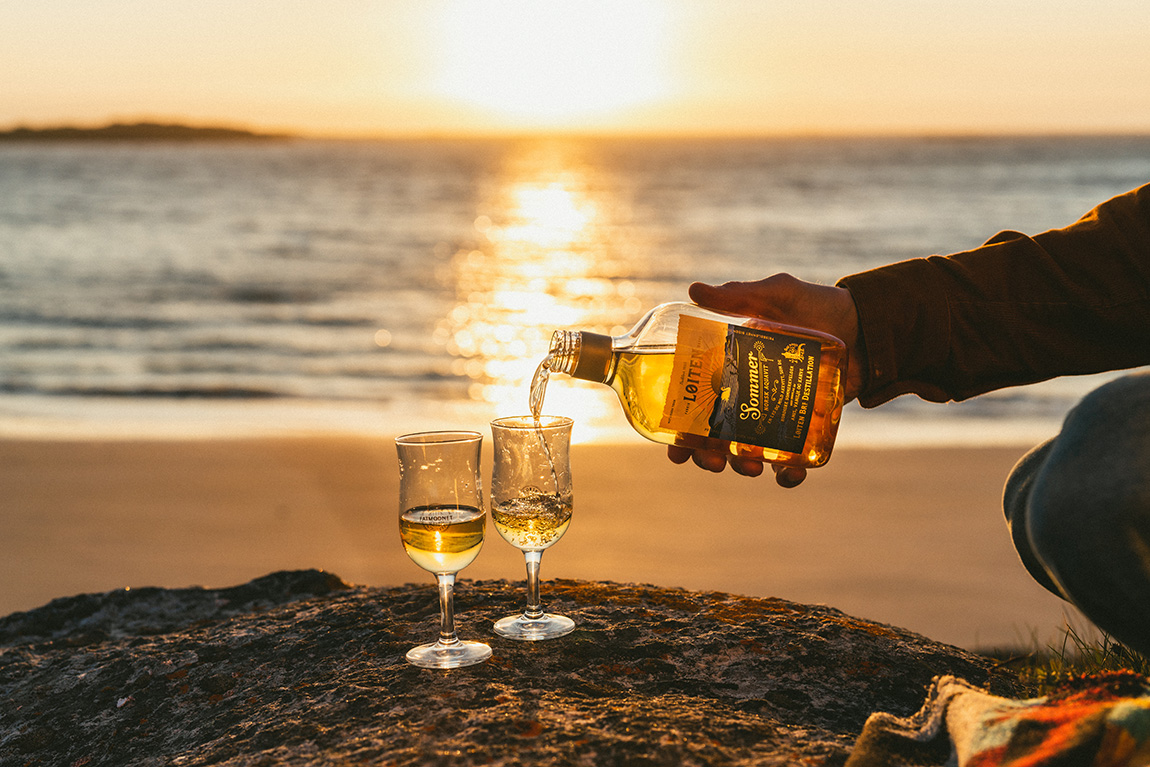
Web: anora.com
Anora Group is the world’s largest aquavit producer and has also been awarded Aquavit Producer of the Year by International Spirits Challenge for several years running.
Subscribe to Our Newsletter
Receive our monthly newsletter by email

